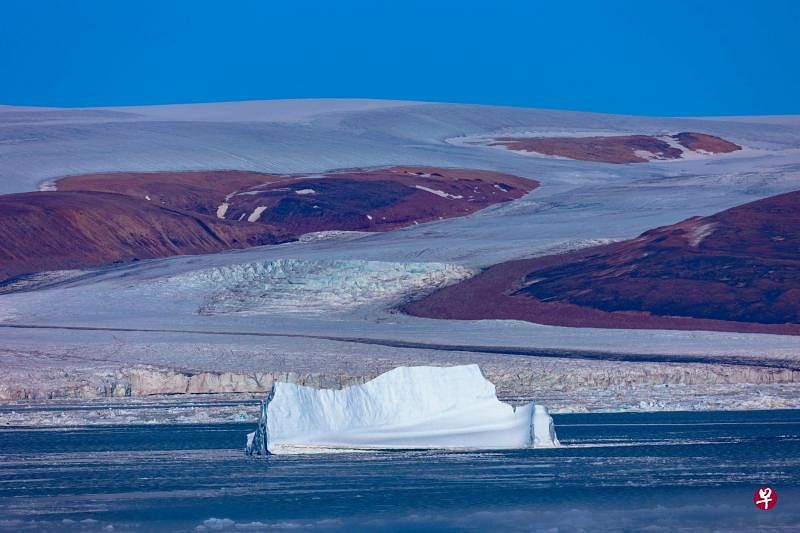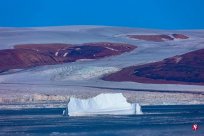
(Washington Composite Electric) Greenland's temperature continues to rise, which has caused local iceberg to melt.According to data from the National Ice and Snow Data Center, from July 15th to 17th alone, the amount of ice melted daily in Greenland reached 6 billion tons. The three -day melting amount was enough to fill 7.2 million Olympic standard swimming pools.
The temperature between the Greenland Island between the Arctic Ocean and the Atlantic Ocean is about 60 Variety (15.5 degrees Celsius) from July 15th to 17th, which is 10 Hualhi than the temperature in the same time.
Ted SCAMBOS, a scientist at the University of Colorado, Ted SCAMBOS, told the United States today that due to the warm air from the Canadian Arctic Islands today, the northern Greenland iceberg has accelerated melting.At the same time, there is also a high -pressure dome over the Arctic, creating a "unusually extensive ice melting incident".
William Lipscomb, a scientist at the National Atmospheric Research Center climate and global dynamics laboratory, said that the temperatures of Greenland Island are different in all corners.Essence
As soon as the temperature is higher than the freezing point or zero degrees Celsius, the iceberg will begin to melt."In recent years, heat waves have often appeared in Greenland Island. Recent warming is an example. Any temperature higher than the freezing point will cause some surfaces to melt."
In the 1980s and 1990s, such a large -scale melting incident had not occurred in Greenland, but since the 1900s, especially since 2010, the scope of ice melting is more extensive.
Experts are expected to have more ice melting incidents
Sanbobos from the National Ice and Snow Data Center said there are more than more ice melting incidents.
"This will be one of the many ice melting incidents throughout the summer. We expect about 100 billion tons of water to flow into the ocean. Now the entire Greenland is losing a lot of ice every year."
Kurch scientist Kurch, the Board of Space Flying Center of NASA, said the data shows that in the past 20 years, Greenland has lost about 200 billion tons of ice each year in the past 20 years."This directly leads to the rise in the global sea level and has significant social impact."
Lipstoom said that seasonal water supply depends on the melting time of glaciers in certain regions of the world, such as Asia.
"If the melting occurs too early, then when you need water during the farming period, you may not be able to get water; if the glacier melted completely, then you will have no glacier melting water. As the climate continues to warm, this will beIt is something that people have to worry about in the later period of this century. "




